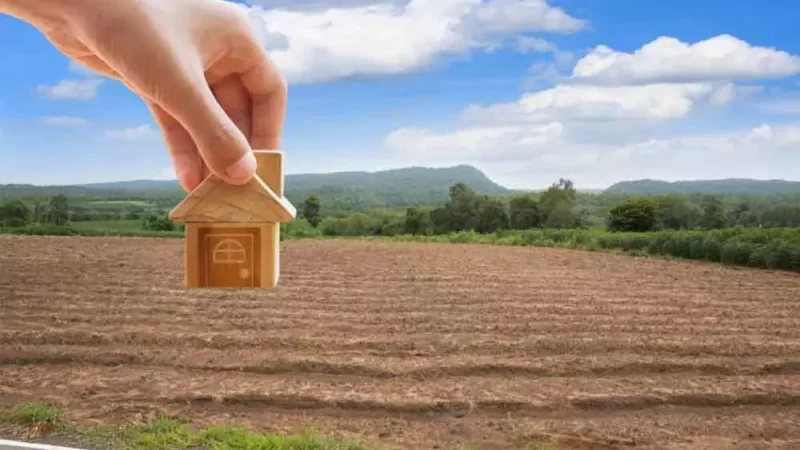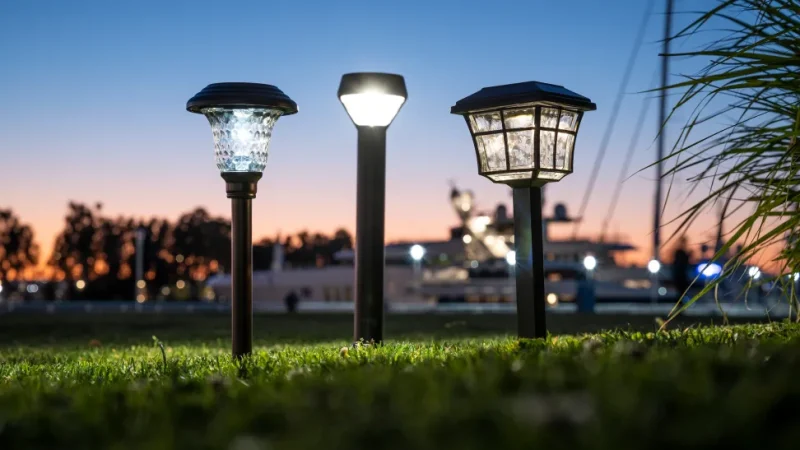You can have a beautiful lawn and a healthy garden with natural methods. In this post, we will provide you with vital information on methods and safe pesticides for use in your home and garden.
To maintain the lawn properly, there are routines that must be followed. The following are some of them:
- Mow the grass to a height of 2-3 inches with a sharp blade
- Aerate the lawn in spring and fall
- Water early in the morning (1 inch of water) usually once a week
- Put natural fertilizer in spring and fall
- Apply potting soil and over-seeding in early spring and late fall
- Inspect your garden regularly for possible infestation. Ask a horticulturalist, garden center, or landscaper for advice.
Poisonous Plants And Stinging Insects
Some pesticides containing chemicals, such as glyphosate or glufosinate-ammonium, are called pest control products whose sales are controlled. These products are sold in ready-to-use containers. They can be used for the specific purposes indicated on our website in the garden and at the cottage to control:
- Poison ivy
- Wild parsnip
- Giant hogweed
- Insects that bite or sting (mosquitoes, wasps)
- Insects that can cause structural damage in a home (termites)
- Rodents that can transmit diseases
Low-Risk Pesticides And Biopesticides
You can buy and use some low-risk pesticides and biopesticides to control weeds, insects, and plant diseases. These pesticides have the following characteristics:
- Low toxicity to humans
- Minimum environmental impact
- Non-toxic mode of action for the control of target parasites
Use Of Biopesticides
Some biopesticides are living organisms that can be very sensitive to environmental conditions such as sunlight, rain, humidity, or temperature. Beneficial nematodes are also living organisms.
For best effectiveness, apply biopesticides and nematodes when environmental conditions are favorable for their survival. For example, since nematodes are very sensitive to sunlight, humidity, and temperature, they should be applied:
- In cloudy weather
- On moist soil that is watered 24 hours after application
- When the soil temperature is above 11° C
Lots of biopesticides are more effective on insects at the early stages of growth, less effective on insects at later stages, and must be in direct contact with the pest to be effective.
It is, therefore, essential to treat the entire area of affected plants. Directions for use on biopesticide labels provide important information to users. To get good results, know what pests you are dealing with and follow the directions for use.









